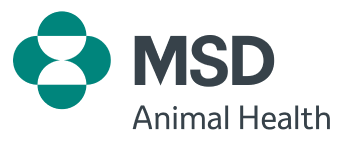Farmers
Bill and Jenny Holland
Location
Harehill Farm, Sudbury, Derbyshire
Herd Size
420 Cows
By utilising a herd monitoring system to evaluate the rumination and fertility status of his cows and heifers, Bill Holland no longer carries out any visual heat detection checks, with the system providing such accurate heat and health alerts that the herd has four generations of the same female bloodline all born within a week of each other in consecutive years.
Bill and Jenny Holland milk 420 commercial black and white cows at the family’s Harehill Farm near Sudbury in Derbyshire. Currently yielding an impressive 11,000 litres per lactation at 4.1% butterfat and 3.3% protein, the herd calves 11 months a year and is milked twice a day through a 30:60 rapid exit parlour which was installed in 2020.
The new milking parlour replaced a 26:26 herringbone setup and is housed in a purpose-built building which also includes an automatic drafting gate and bespoke treatment and handling races, all of which were designed to make the daily routine for Bill, his staff and his herd more efficient and less stressful.
“As the herd has expanded we’ve tried to improve the farm’s infrastructure, not only to allow the herd to perform to the best of its ability, but also to enable us to work more efficiently,” Bill explains. “Everything has been designed so that we can spend more time concentrating on the things that make a real difference to the farm’s profitability, such as cow and heifer fertility, herd health and diet.”
The herd has expanded from 190 cows in 2011 (when Bill took over from his parents and split the farm with his brother, Tom) to 420 today, with all but 50 cows, which were bought from local herd disposals during the last 12 months, being home-bred.
“We’re on an Arla Tesco contract which means all calves have to be reared to a minimum of 56 days,” Bill explains. “We therefore use two straws of sexed semen on heifers and those cows earmarked for breeding replacement heifers, with the rest of the herd put to conventional beef semen.” A Hereford bull is then used to sweep any heifers that don’t conceive to AI.
“We calve 11 months of the year,” Bill continues, “but don’t AI in March to give ourselves a break over Christmas and to limit the number of calves being born at what can be a tricky time of the year in terms of labour and the weather.”
To maximise conception rates the herd is monitored using SenseHub® neck collars which constantly measure subtle activity, rumination and behavioural patterns associated with fertility and health.

“We’ve used various versions of what is now the MSD Animal Health monitoring system since the first generation of collars were launched 20 or so years ago,” Bill explains. “We use a pool of 20 collars to identify heats in maiden heifers, with each in-calf heifer then receiving her own individual collar three weeks prior to calving at which point she’ll be put in with a group of dry cows to let her to get used to being with adult cows before entering the milking herd.”
Once assigned to an in-calf heifer, the collars remain in place for the remainder of the animal’s time in the herd so that Bill and his team can monitor subsequent fertility cycles and keep an eye on how individual animals and groups of animals respond to any changes in diet or management.
“We’re now 100% reliant on the system to tell us when cows and heifers are in heat and to tell us exactly when
each individual animal should be served,” Bill describes. “In fact, we don’t do any visual heat detection which means we don’t have to walk the sheds looking for bulling cows, and because the data generated by the collars also tells us if there are any problems that need further investigation, we aren’t constantly having to look for signs of lameness or ill health.”
“The system helps us to get such good results from sexed semen that we’ve got four generations of the same female bloodline (great grandmother, grandmother, mother and daughter) all born within a week of each other in four consecutive years.”
The data collated by the SenseHub® collars is also used to automatically update the farm’s herd management software which shows an overall conception rate is 42% and a pregnancy rate to first inseminations of 61%. Heifers are calving at an average of 22.5 months with the herd’s overall pregnancy rate running at 31% with a calving index of 380 days.


Segregation and health monitoring
The SenseHub® collars also act as ID tags for the milking parlour and for the automatic shedding gate which uses the data collected by the collars to automatically segregate cows for AI.
“Instead of having to look through each batch of cows as they enter the parlour and running up and down the parlour steps to manually divert cows – a process which was time consuming for staff and stressful for animals –the SenseHub® app automatically does it for us, which eliminates the scope for human error or for a cow to be missed,” Bill says. “We can also use the app on our phones to draft any additional animals without having to leave the parlour pit which makes the milking routine much less stressful for all concerned.”
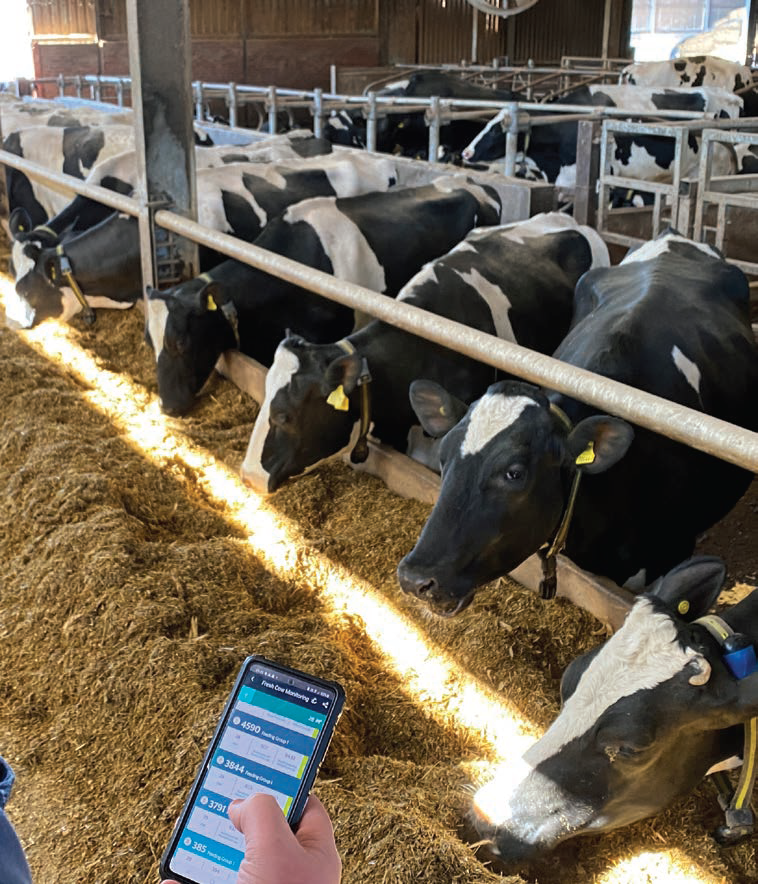
The SenseHub® collars and shedding gate also help to identify and isolate animals in need of medical intervention: “The app automatically alerts us to any potential health issues – usually before any clinical symptoms have been seen – with cows automatically segregated if their rumination falls away unexpectedly or if activity levels fluctuate without reason,” Bill
explains.
“Nine times out of ten that early intervention allows us to get cows back to full health quickly and easily, with the ability to spot the early warning signs of a range of conditions enabling us to take the necessary steps to prevent problems developing into something more serious. As a result, we’ve halved the number of left displaced abomasums (LDAs) and are successfully treating 75% of those we do see by casting and rolling cows that bit earlier.
“We’re therefore spending less time treating sick cows and spending more time working proactively with our vet to maximise the herd’s health, genetics and productivity. We can also track the recovery of sick animals by watching how their rumination responds to treatment and reacting accordingly.”
To find out more about how SenseHub® could improve the productivity and profitability of your herd, please scan the QR code: or contact us on 01207 529000 or allflexuk@msd.com
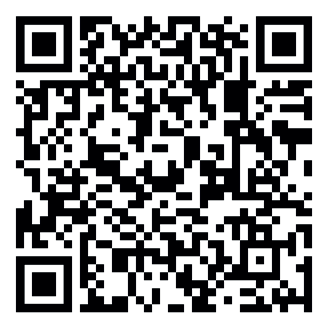


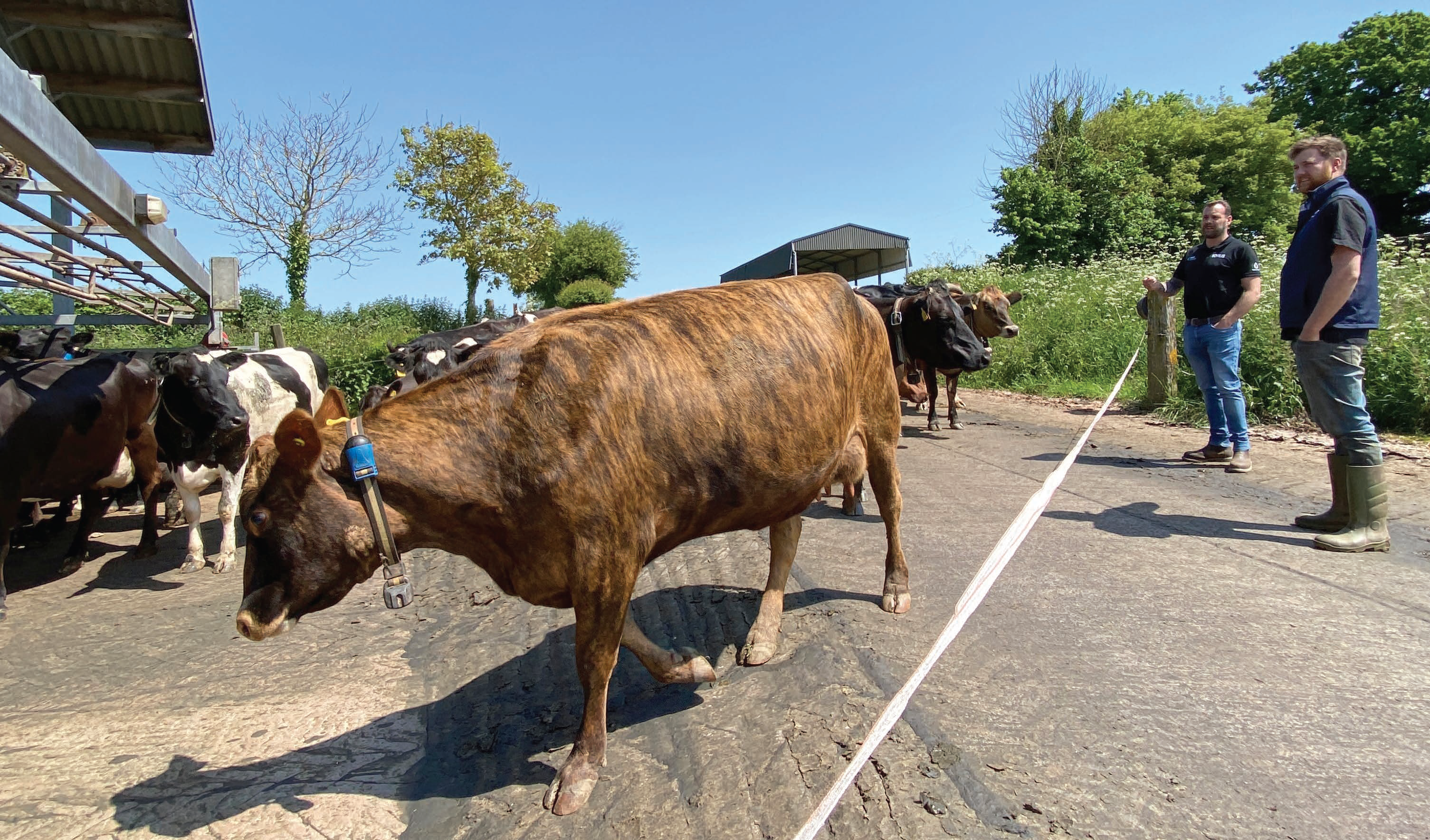

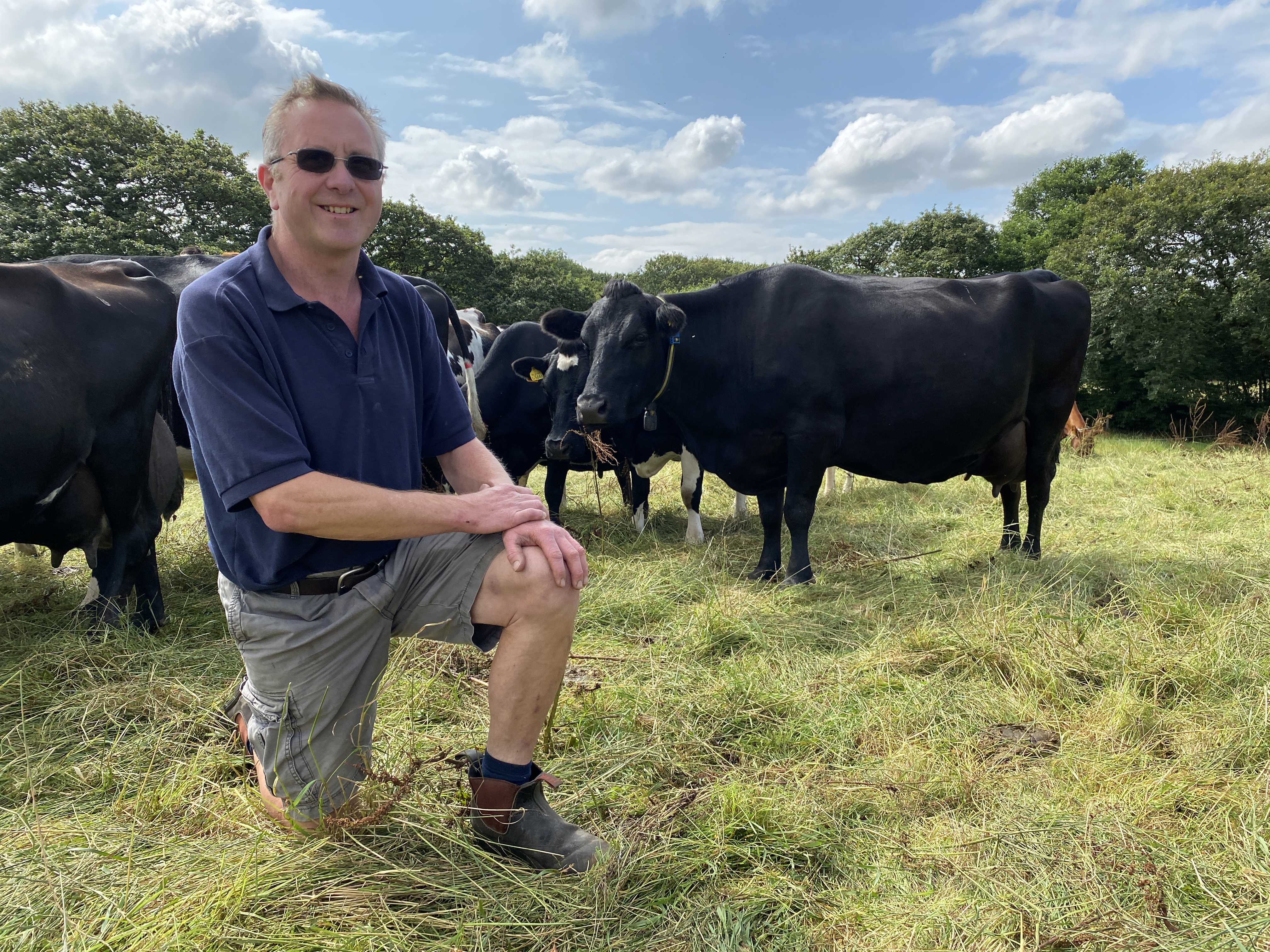
 Argentina
Argentina Australia
Australia Belgium (Dutch)
Belgium (Dutch) Brazil
Brazil Chile
Chile Colombia
Colombia Czech Republic
Czech Republic Finland
Finland France
France Germany
Germany Ireland
Ireland Italy
Italy Japan
Japan Mexico
Mexico New Zealand
New Zealand Norway
Norway Panama
Panama Poland
Poland Portugal
Portugal Spain
Spain Sweden
Sweden United Kingdom
United Kingdom Global
Global